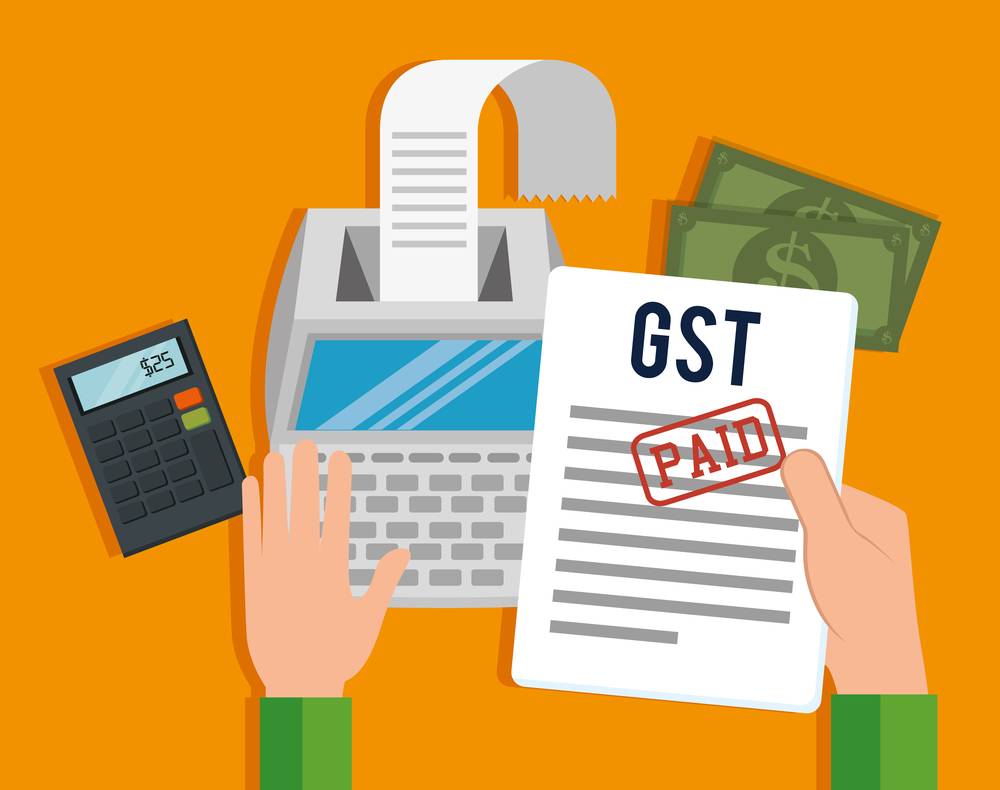 Updated on: December 17th, 2019 5:22 PM
Updated on: December 17th, 2019 5:22 PM
Quarterly GST Return - Sahaj & Sugam - 2018 Format
In the 27th GST Council Meeting, the Government announced a simpler GST return filing regime for small taxpayers. Under the new regime, persons having GST registration and a turnover of less than Rs.5 crores would be provided with an option to file quarterly GST return instead of monthly GST return. The newly introduced quarterly return filing facility is expected to make GST compliance easier and less costlier. In this article, we look at the quarterly GST return that is to be filed by small taxpayers from 2018 in detail. Know more about monthly GST return - 2018 format.Small Taxpayers
The quarterly GST return filing option would be available for small taxpayers. Small taxpayers have been defined as a person having GST registration and who had a turnover of upto Rs.5 crores in the last financial year. The option to file quarterly or monthly GST return would be given to the taxpayer at the beginning of the year. During the course of the year at the beginning of a quarter, the taxpayer would be allowed one chance to change from quarterly return filing to monthly return filing or vice versa. In case of a new taxpayer, the quarterly GST return filing option would be provided based on self-declaration of the estimated turnover.Monthly Tax Payment
Small taxpayers enrolled under for quarterly GST return filing would still be required to pay GST dues monthly. While paying GST dues monthly, the small taxpayer can avail input tax credit and pay the monthly dues based on self-assessment. While making GST payment every month, small taxpayers enrolled for quarterly GST returns would have to submit a GST payment declaration. In the GST payment declaration form, self-assessed liability and input tax credit on self-declared basis should be declared by the small taxpayer. To assist small taxpayers in tax payment and availing input tax credit, the GST liability arising out of uploaded invoices of outward liability and input tax credit flowing from viewing facility would be shown to the taxpayer on the GST portal. The payment declaration form will only allow full payment of the liability arising out of uploaded invoices. Late payment of tax liability including that in first and second month of the quarter will attract interest liability.Types of Quarterly Return
The quarterly GST return is further divided into three forms to make it simpler for taxpayers. Quarterly GST return has been divided as:- Quarterly return
- Sahaj return
- Sugam return
Quarterly Return
Quarterly GST return will be very similar to the monthly GST return, expect it would be even more simpler. A quarterly GST return will not have the following compliance requirements:- Missing and pending invoices as small taxpayers do not use these procedures in their inventory management.
- Supplies such as non-GST supply, exempted supply etc as they do not create any liability.
- Details of input tax credit on capital goods credit would also not be required to be filled.
Sahaj GST Return
Sahaj GST return can be filed by small taxpayers who have opted for quarterly GST return filing and only have B2C transactions. For example, a restaurant can opt to file Sahaj GST return as it would only have B2C transactions.Sugam GST Return
Sugam GST return can be filed by small taxpayers having both B2B and B2C supplies. If a small taxpayer only has B2B supplies, then he/she must file monthly GST return.Uploading Invoices
For a recipient of goods or service to avail input tax credit, the supplier must upload the invoice on the GST portal. Under the new regime, small taxpayers would have the facility to upload invoices continuously. Uploaded invoices would be visible to the recipient immediately. After the 10th of the following month, the amount of GST paid would be made available as input tax credit to the recipient, in case of purchases from large taxpayers.HSN Code
While filing quarterly GST return, the small taxpayer would be required to provide a summary of supplies, HSN wise at the four digit level. Know more about HSN code.Sample GST Quarterly Form
A sample GST quarterly return form is reproduced below for reference:Sample GST Sahaj Form
Sample GST Sahaj form is reproduced below for reference:Sample GST Sugam Form
Sample GST Sugam form is reproduced below for reference:Sample GST Quarterly Payment Form
Sample GST quarterly payment form is reproduced below for reference:Popular Post

In the digital age, the convenience of accessing important documents online has become a necessity...

The Atalji Janasnehi Kendra Project that has been launched by the Government of Karnataka...

The Indian Divorce Act governs divorce among the Christian couples in India. Divorce...

When an individual has more than a single PAN card, it may lead to that person being heavily penalised, or worse,...

Employees Provident Fund (PF) is social security and savings scheme for employee in India. Employers engaged...


